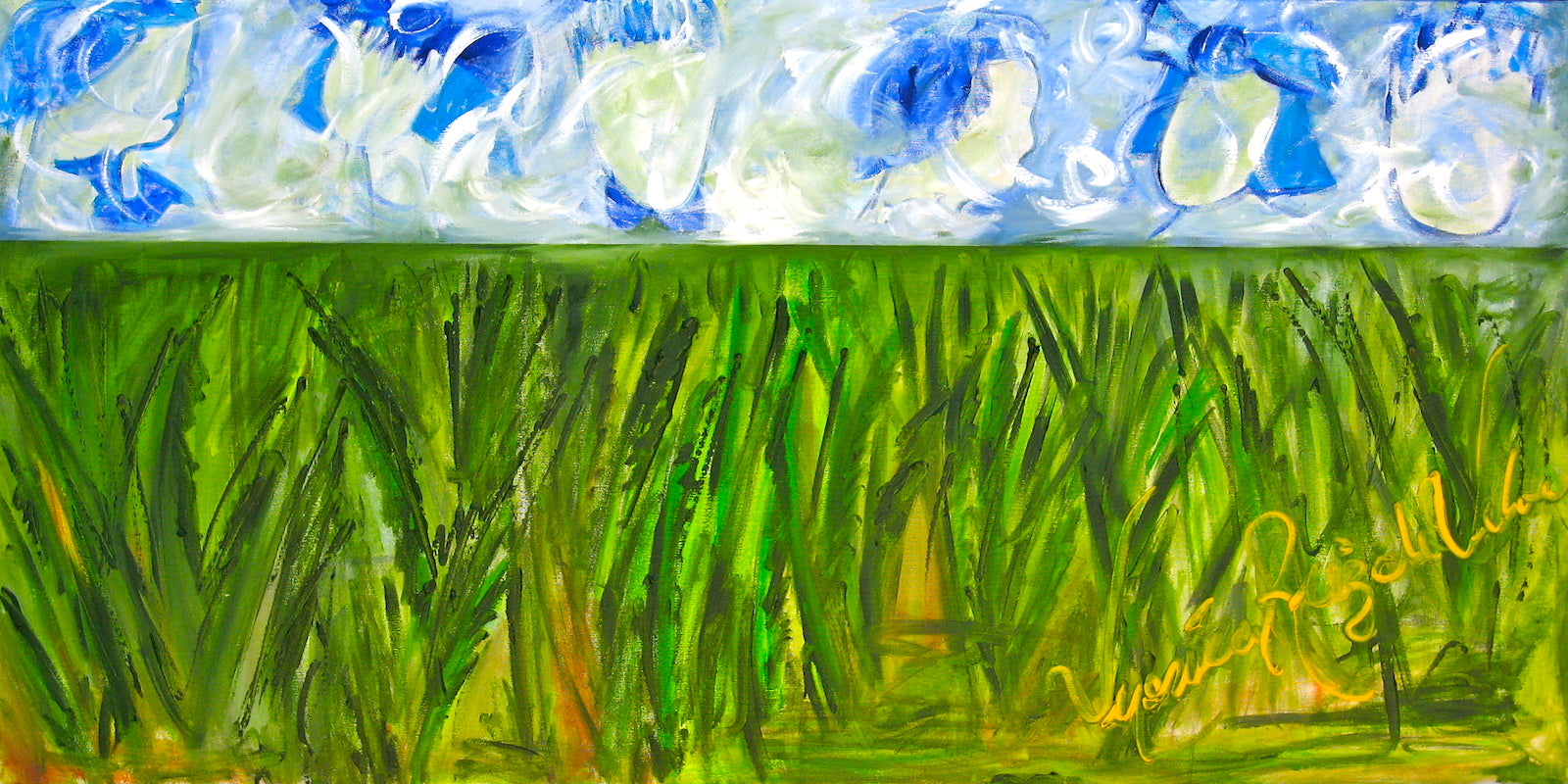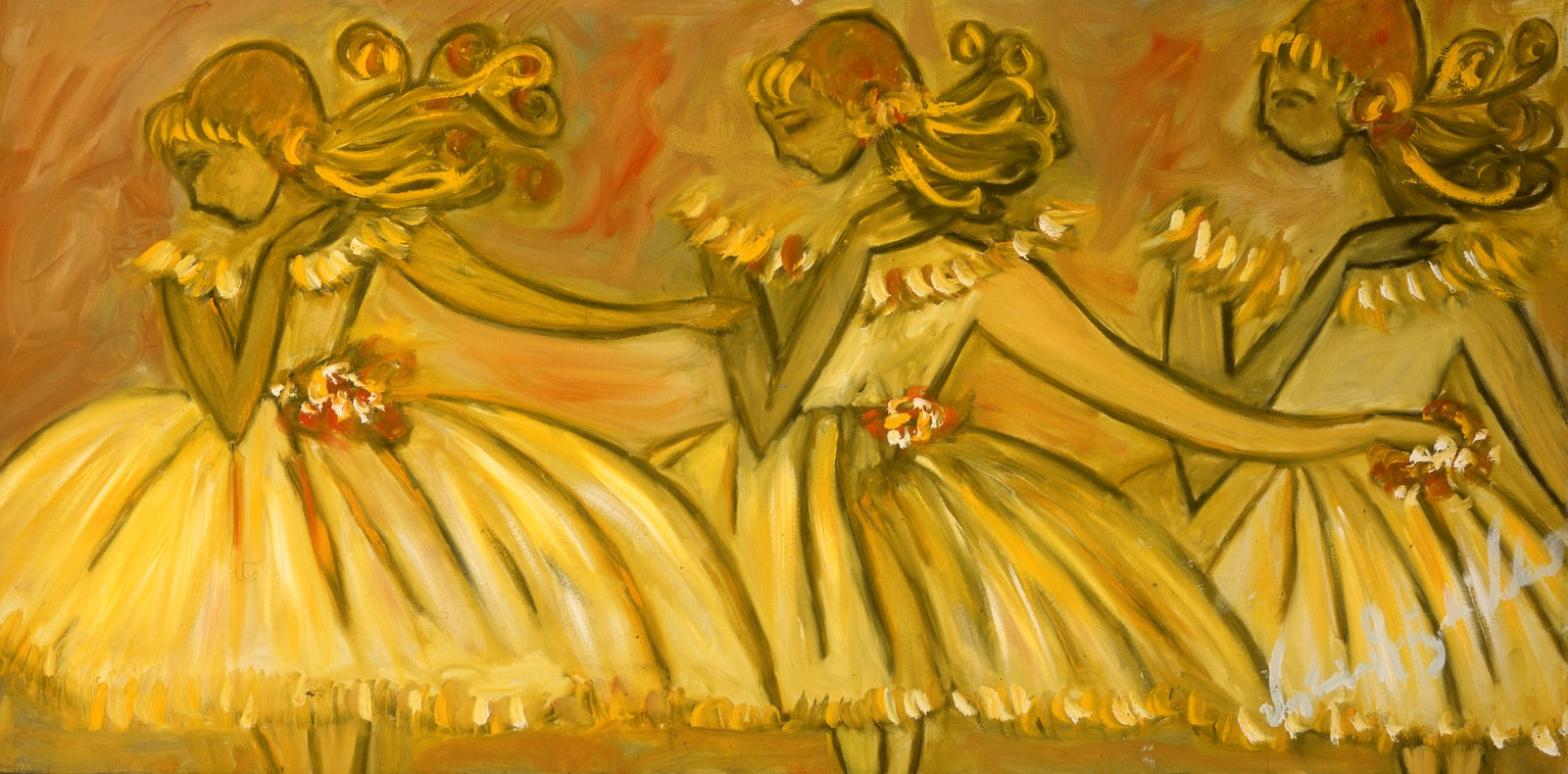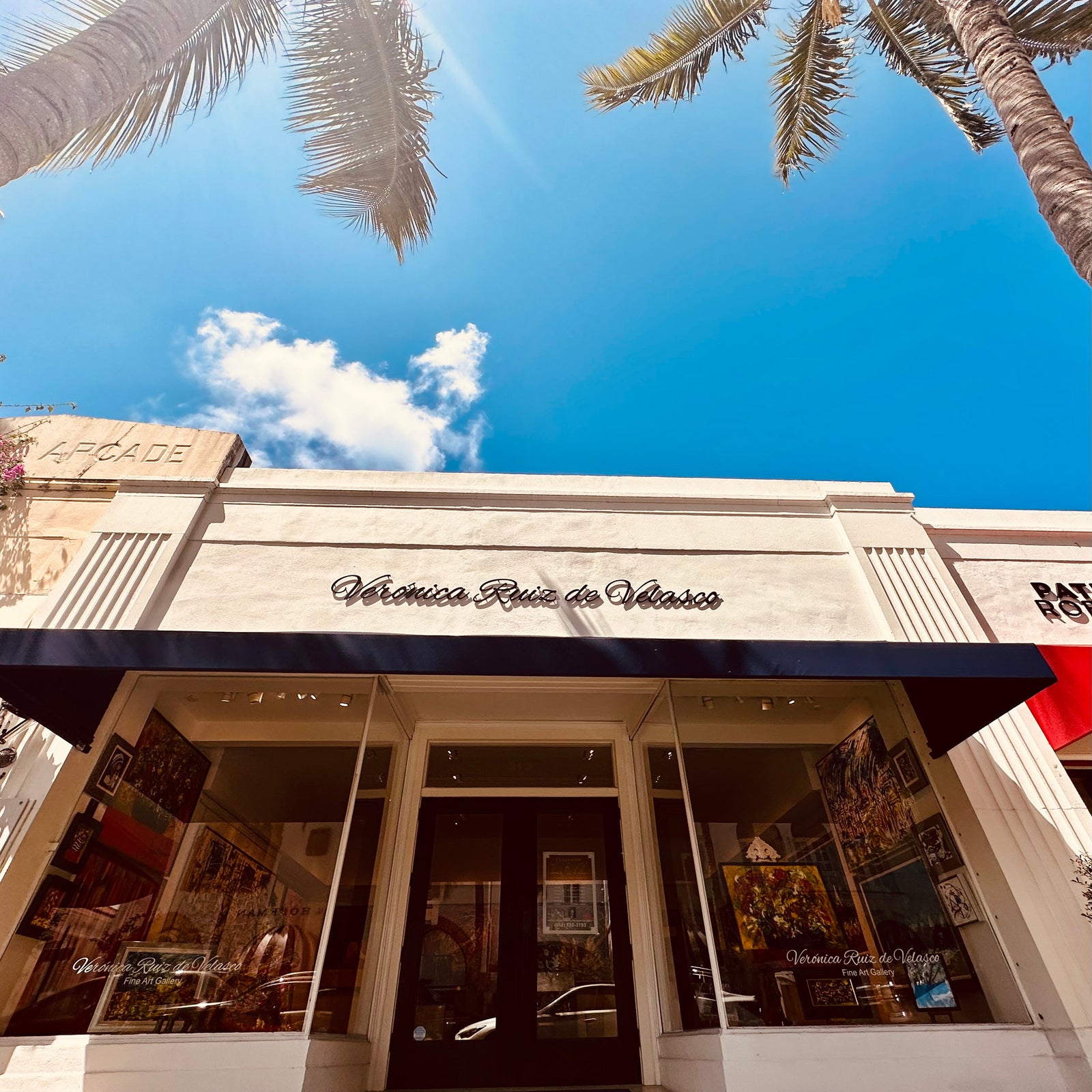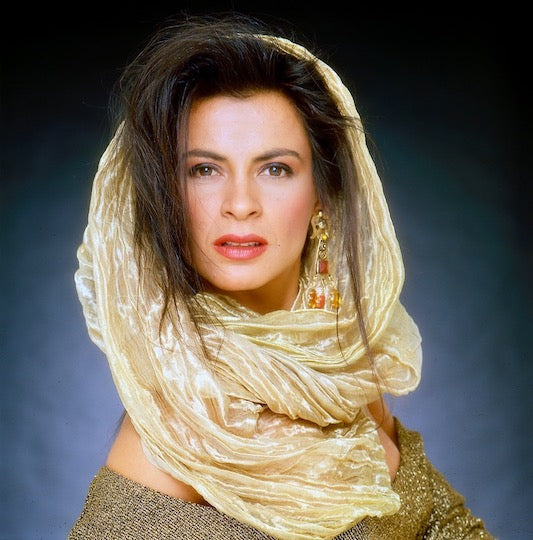
The Masters That Influenced The Artist
Most artists list influential artists that helped them formulate their styles and feed their passions, and Veronica Ruiz Velasco is no exception. Her innate, natural talent was influenced and blossomed with influence from some of the world’s masters. Studying the works of this impactful group of art icons helped Veronica refine her own technique. Learn more about the masters that Veronica Ruiz Velasco admires most and considers most influential in her success.
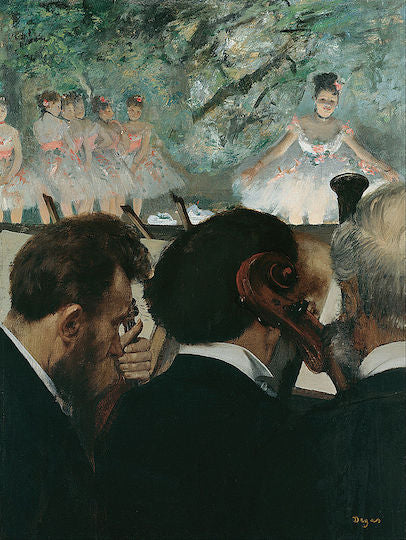
Edgar Degas
One of Veronica Ruiz Velasco’s first artistic influences was the work of Edgar Degas. The French Impressionist led a groundbreaking group of artists on the Paris scene in the late 1800s and is revered as one of the world’s top artists. Most famous for his paintings of ballet dancers, Degas was intrigued by the challenge of capturing effects of light on humans in motion. Veronica understood Degas’s historical push back against being labeled as an Impressionist as he also incorporated Realism into his works and preferred to be described as “Independent” in style.
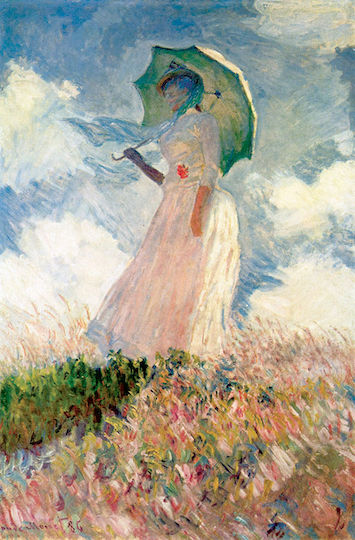
Oscar-Claude Monet
Oscar-Claude Monet is commonly considered the founder of the Impressionism movement in the late 1800s. While the movement is also accredited to his friends and colleagues such as Renoir, Sisley and Bazillehe, he is the most well-known of all. His works featuring water lilies and the French countryside at Giverny are prolific and highly recognizable even among the non-art connoisseur. The boldness of stroke and brilliant colors that make up the ethos of Veronica Ruiz Velasco’s work was influenced by the French master in many ways. Velasco’s love of color and how it can impact her paintings in subtle and powerful ways was heavily influenced by the master, Claude Monet.
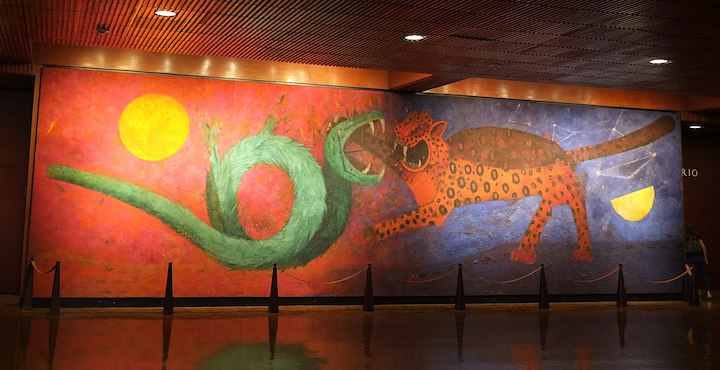
Rufino Tamayo
Rufino Tamayo ranks among Mexico’s most popular and beloved twentieth-century artists. With artistry that dabbles in cubism, impressionism and fauvism, Tamayo’s work has been on display around the globe and extensively throughout Mexico’s top museums including the Palacio Nacional de Bellas Artes. Veronica Ruiz Velasco’s talent was noted by Tamayo while she was studying in Paris. In 1985, Rufino Tamayo invited Ruiz de Velasco to come to his studio for private lessons under his tutelage. Tamayo was taken in by Ruiz de Velasco's use of color in her paintings. The young, talented artist was chosen as a private student by Tamayo himself because he saw in her a unique and natural eye for painting that needed to be nurtured and uplifted.
Gilberto Aceves Navarro
Gilberto Aceves-Navarro, born in 1931, is a living treasure of the Mexican art community. Navarro is one of the original as well as one of the few living members of the Independent Hall movement, a quintessential movement in Mexican Art in the 20th Century. The artists in this movement are credited with creating much needed social change in Mexico in the 1960s as well as setting the scene for current contemporary art styles and trends in the country. In the mid to late eighties, while studying at the Antigua Academia de San Carlos (Old San Carlos Academy) in Mexico City, Veronica Ruiz Velasco took taking private lessons from Gilberto Aceves Navarro whom she considers to be as her most important teacher.
Jean DuBuffet
Jean DuBuffet is a prolific artist, well-known in both his homeland of France as well as the United States. DuBuffet is most widely known for founding the art movement Art Brut also referred to as Outsider Art as well as for the collection of works—Collection de l'art brut Dubuffet created art that pushed outside the boundaries of the mainstream focusing on art by those on the outside of the established art scene. Veronica Ruiz Velasco made the trek to Paris in 1984 to discuss art technique with Jean Dubuffet and considers him to be a top influencer in her vibrant and cutting-edge approach to her paintings.
Diego Rivera
Most famous, perhaps, for his tumultuous marriage to Mexico’s most famous painter, Frida Kahlo, Diego Rivera as also an incredibly influential component of the Mexican art scene between 1922 and 1953. The powerful mural work of Rivera can be found in cities across the globe, most notably in Mexico City, Chapingo, Cuernavaca, San Francisco, Detroit and New York City. In 1922, Rivera joined the Mexican Communist Party and used his murals to express his feelings about the problems in the Mexican society of that time period. Veronica Ruiz Velasco, as one of Mexico’s leading painters and muralists, counts Rivera among her most influential predecessors.








